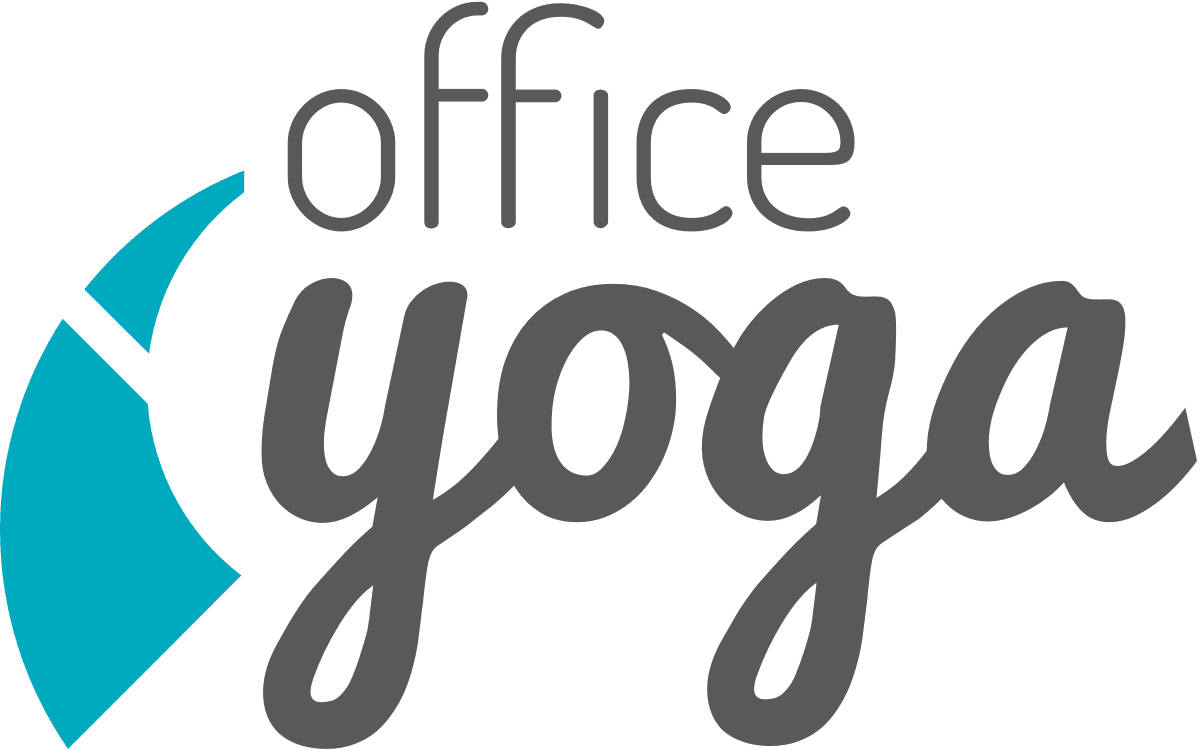Office Yoga® for Neck & Shoulders
Office Yoga® for Neck & Shoulders
Archer Arms, also known as Gomukhasana Arms, is common in our Office Yoga® sequencing because it is a great for the health of shoulders and neck. This pose tones the muscles and nerves around the shoulders and cardiac plexus. Because the fingers are interlinked, prana (or energy) cannot escape through the hands. Gomukhasana creates a complete circuit flowing in the spinal region. The arm position is very significant as it forms the shape of a figure eight, or infinity. This represents complete balance of energy, between higher and lower forces and positive and negative aspects, according to the Hatha Yoga Pradipika.
In Office Yoga® sessions, we constantly get requests for neck and shoulders. This video was made to help alleviate some of the neck and shoulder tension that is common for office workers. I recommend doing this as maintenance between Office Yoga® sessions at work or if you’re feeling any tension or stress in these regions of your body.
Causes of Neck & Shoulder Pain
Your head weighs approximately 10 lbs. It’s the job of your neck and shoulder muscles to hold that weight all day, every day. That job becomes more and more difficult with slouching in front of a computer, tilting your head forward or sideways, bad computer set up, poor car or airline seats, holding a baby on one hip, carrying a heavy bag or backpack, even a purse or briefcase can have a negative effect. These are common causes that affect our Office Yoga® students.
Fascia is the shared connection between neck and shoulder pain. Fascia is the connective tissue that weaves in and around the muscles of the entire body, including the neck and shoulders. Nearly all of the major muscles that create pain in the upper body have one end connected to the neck bones and the other end is connected to the shoulder bones. The only exception to this is muscles around the shoulder blades which is touched on in another video, Office Yoga® for Shoulders and Upper Back.
Fascia communicates with and connects all parts of the body through your nerve pathways as well as through the quality of your movement. This is why when you feel stiffness in the neck, you also feel stiffness in the shoulders and upper back. When one area is affected by pain or stiffness, the discomfort will be transmitted to other nearby tissues, spreading the pain. So, dealing with both the neck and the shoulders makes senses.

